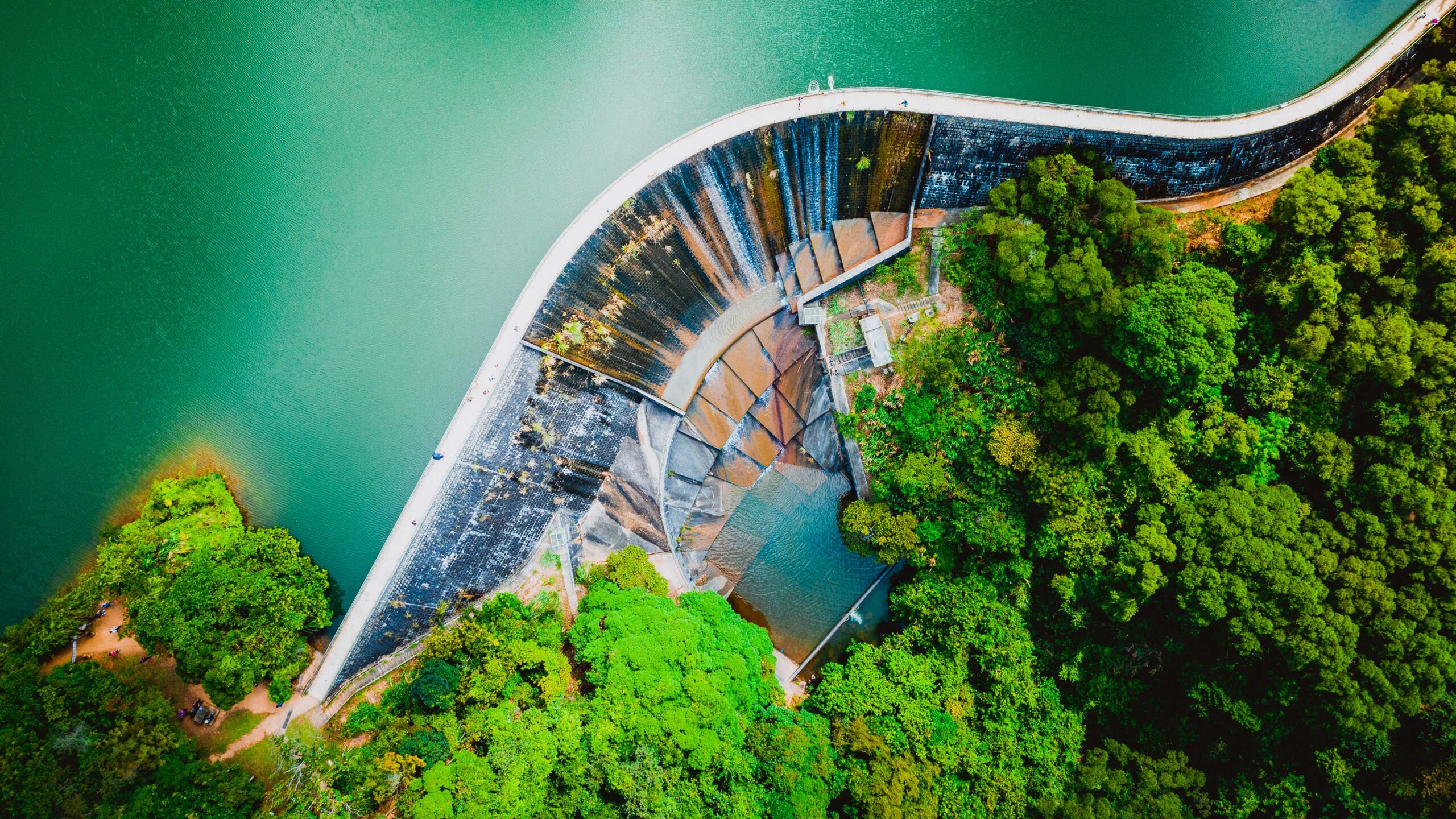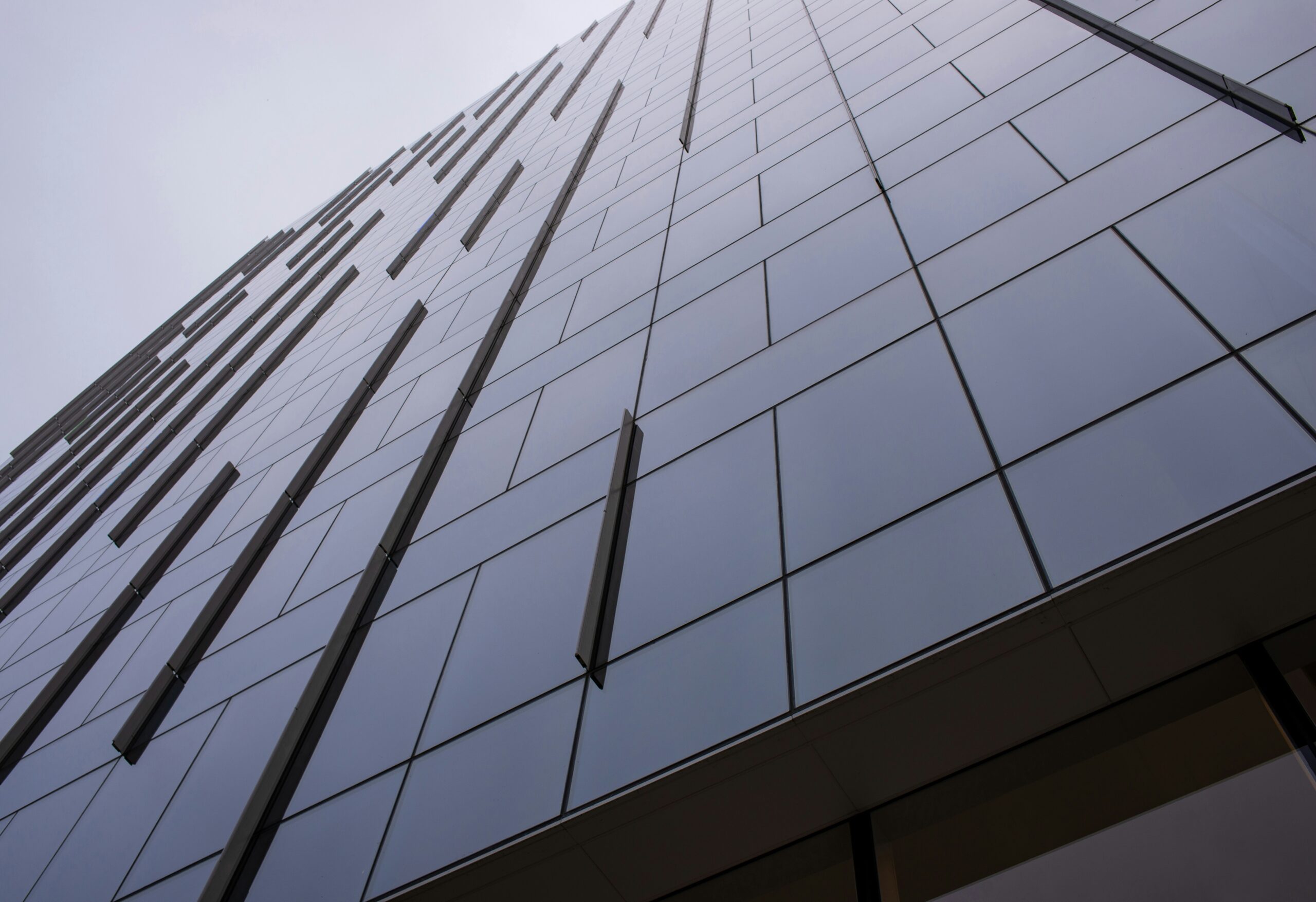A Lack of Preparation Was a Significant Problem for a Mining Company in Crisis
Fifteen years ago, one of the nation’s worst mining disasters took place at Massey Energy’s Upper Big Branch mine in Montcoal, West Virginia. Due to a number of unfortunate (and perhaps criminal) safety lapses at the mine, the explosion resulted in a massive explosion that killed 29 miners that morning.
I was brought in immediately to help respond to this evolving situation. At the time – I was on the phone from my office in Washington with the senior management team within two hours of the explosion – we didn’t know what the extent of the devastation would be, or if there were any survivors.
On the phone that day, I did what I’ve always done as a crisis management specialist with significant events that I’ve been called into. I asked to see and review Massey’s crisis plan. The answer I heard nearly floored me: They didn’t have a crisis plan.
My first response was entirely guttural: How could a mining company, where the risk of lost lives is constant, not have a plan? People die in mining accidents all the time, and Massey had not been immune to that reality. It had lost lives before, although not to this magnitude. What kind of corporate incompetence, ignorance, or malfeasance, had lead Massey to believe they were immune from accidents and didn’t need to have a real plan and strategy to deal in real-time with a tragedy? (That’s a tale for another blog post and goes to the heart of an industry in denial. Massey CEO Don Blankenship eventually spent a year in prison for ignoring safety rules.)
My second thought was to go through a check-list in my head of what needed to be done immediately to help manage the situation – while on a conference call with Massey’s leadership team, who were in shock and anxiously waiting to be told what to do.
This, for me, was the easy part. My years of experience and training with major corporations, organizations, smaller brands, and politicians, gave me the confidence to sort through their immediate needs and how to segment the different challenges they would be facing just to get them through this tragic day. This is not to pat myself on the back, but rather to explain why the preparation that was missing at Massey and the Upper Big Branch disaster is so essential.
The first thing I told the Massey team was obvious to me, but not to them. In tragedies where lives are at stake, people will begin to come to the mine and wait at the company’s headquarters. Family members would need a place to go, while friends and colleagues in the community, religious leaders, and the media would all be coming to look for answers and updates. Massey needed to immediately identify a place for the families to gather, and to call local law enforcement and request assistance to protect them from the crush of others. They needed to block the roads leading to the mine so that only first responders and government officials would have access to the site. And they needed to designate a company executive to be the spokesperson to answer questions.
The next step on my list was to develop a real response plan – the one that should’ve already been in place. I divided the situation into four stages. The first was all about rescue, and what the company was doing to assist in the operation hoping to get any survivors safely out of the mine. The second was recovery and taking care of the families who had lost so many of their men. The third was the inevitable investigations at the state and federal levels to understand what happened and assess the causes – and blame. And the fourth was to outline a forward path, to ensure this could never happen again.
For each of these stages, specific actions needed to be identified and developed, inside and outside staff assigned, messages and a media strategy designed and implemented. These are all actions that could have been anticipated and prepared before the Upper Big Branch tragedy. For me, the fact that wasn’t done comes close to criminal negligence on behalf of the company. The lesson, perhaps, is that while preparation and training might not stop mine explosions, they would have gone a long way to address the real suffering and loss of life that this disaster caused.



